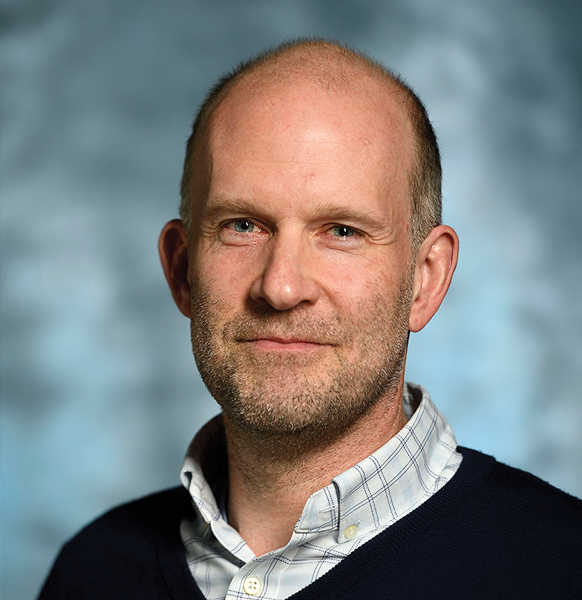
Image caption:
Greg Rienzi
Editor
Find joy (and science) around the corner.
On a recent morning walk, we arbitrarily turned left down a street. I was glad we did. Before us were some 50 fluffy-down-covered goslings grazing on someone's front lawn. Delightful as this flock was, more captivating were the Canadian geese moms. They formed a perimeter around the goslings, some undoubtedly serving as sentries on alert to dangers and the others craning their necks to beckon them in a certain direction, like chaperones leading students on a field trip.
A few weeks later, on another walk, we reencountered the geese family. The goslings were noticeably larger, with less feathery down. But interestingly, the adults had stopped craning. The kids knew when it was time to move on and didn't need the prodding.
I didn't know at the time that I was observing the phenomenon known as a critical period. In these first weeks of life, the geese were learning skills and picking up subtle bodily cues they would use throughout their lives. The critical period hypothesis, first proposed by Montreal neurologist Wilder Penfield and co-author Lamar Roberts in their 1959 book Speech and Brain Mechanisms, asserts that the first few years of life constitute a time during which language and motor skills develop rapidly, and outside these moments skill acquisition becomes infinitely more difficult. For more on critical periods, read our story about a breakthrough discovery on their reacquisition on page 29.
I'm not sure if I'll see these geese again, but I look forward to the next surprise just around the bend. Enjoy this issue.

Greg Rienzi
Editor
Give us your feedback by sending a letter to the editor via email to jhmagazine@jhu.edu. (We reserve the right to edit letters for length, style, clarity, and civility.)







